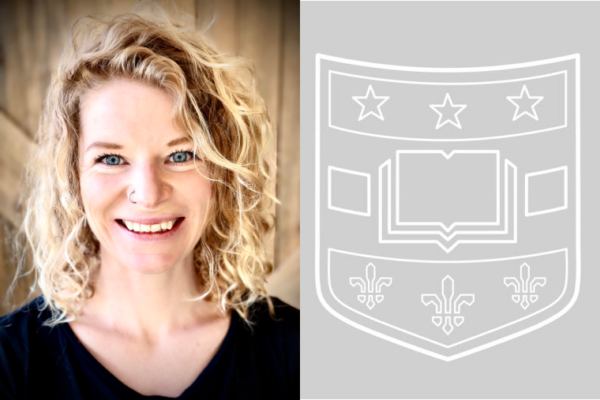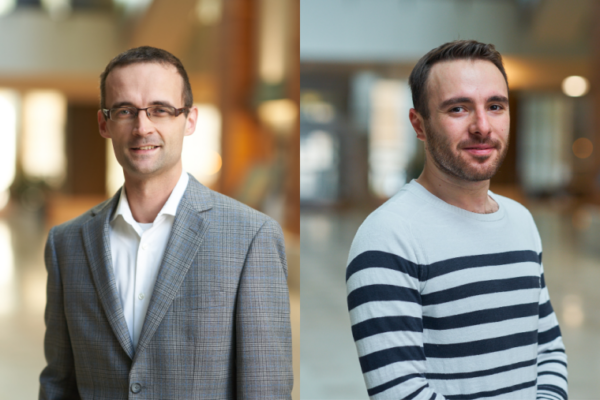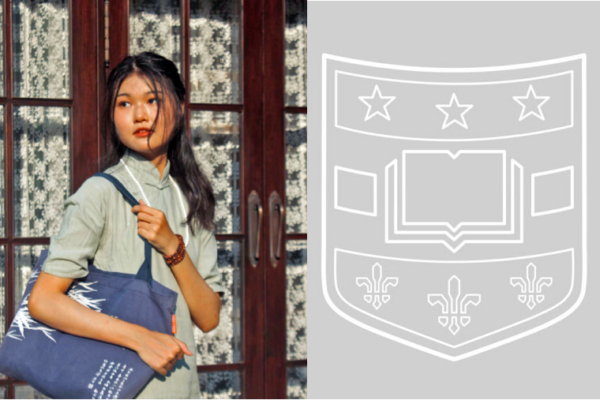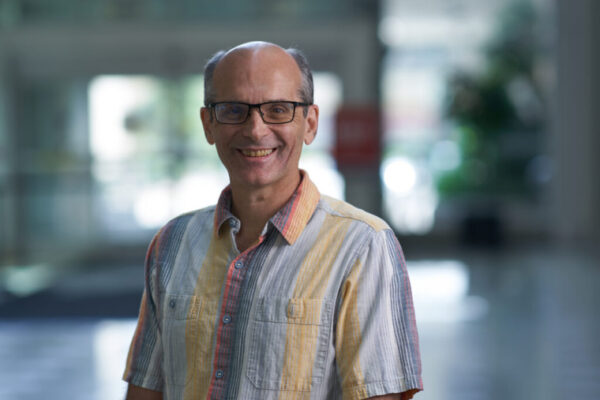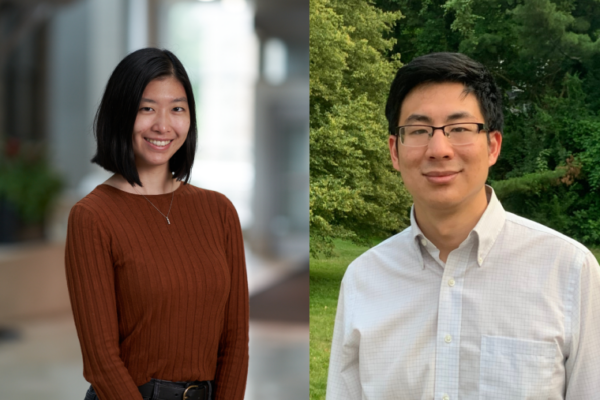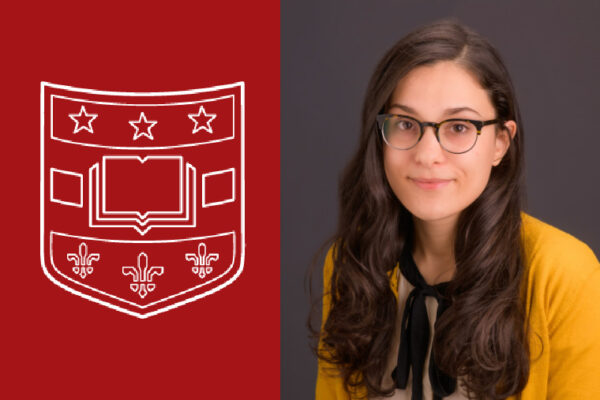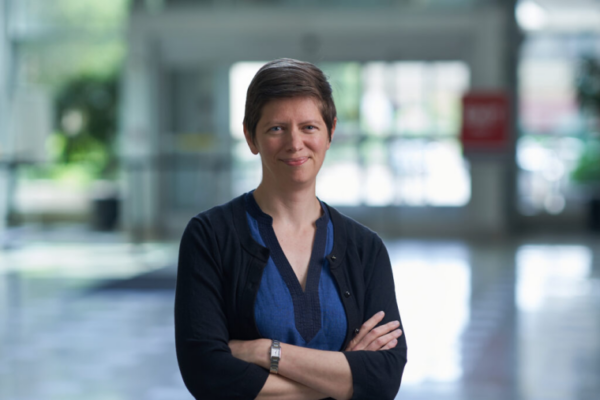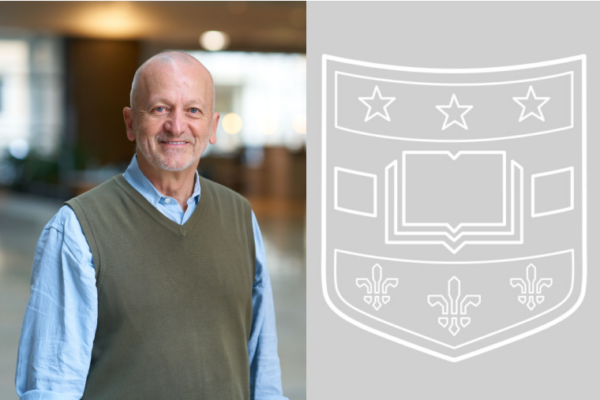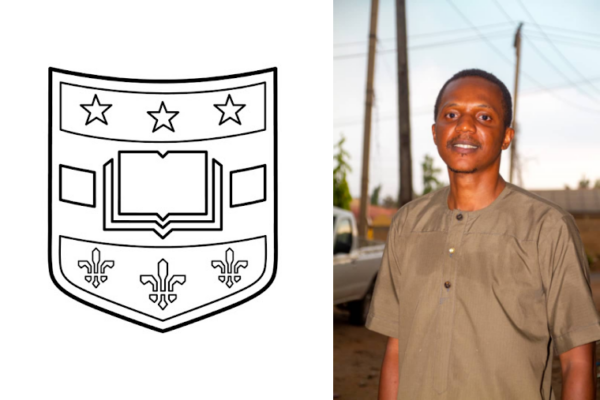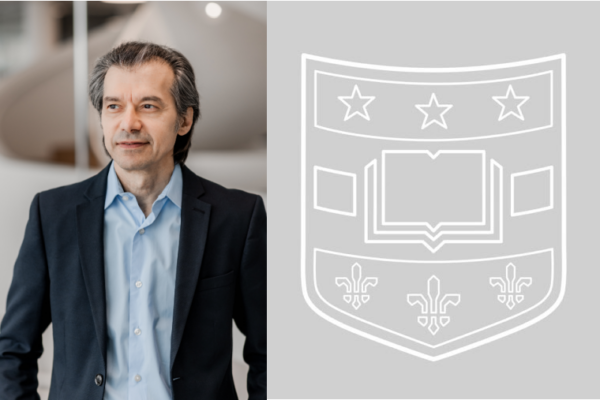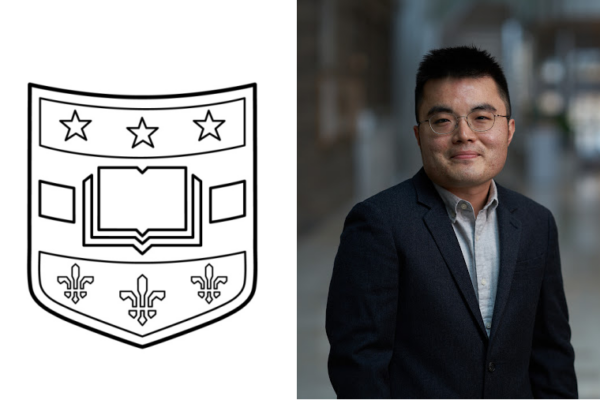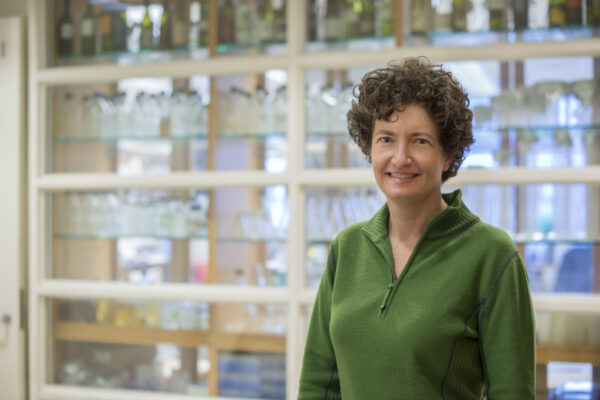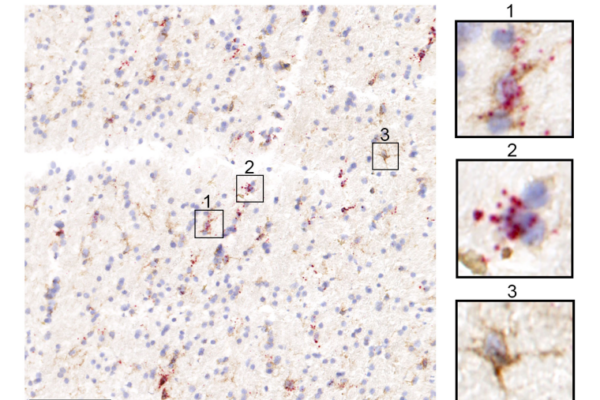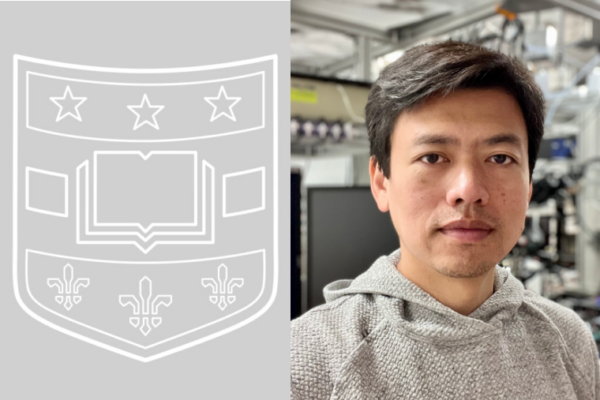Learn about the latest news and events going on in the department. You can also follow us on X @WashUMedNeuro and LinkedIn.
Amy Christensen receives Helen Hay Whitney Fellowship
The three-year award will support Dr. Christensen’s postdoctoral research in Adam Kepecs’ lab on the neural computations underlying uncertainty in decision-making.
Two Department of Neuroscience scholars receive grants from McDonnell Center for Systems Neuroscience
Assistant Professor Tom Franken will explore how the brain distinguishes objects from shadows, and Alessandro Livi, a postdoctoral researcher, will map the brain networks underlying economic decision-making.
Xiyun Zhang wins 2023 Spector Prize (Links to an external site)
Zhang, who completed her undergraduate thesis in Dr. Harrison Gabel’s lab, is a co-recipient of this award honoring outstanding contributions to research.
WashU, JuliaHub and MIT developers unveil major update to Julia programming language (Links to an external site)
Professor Tim Holy and colleagues produced Julia 1.9, which eliminates slow startup times and lowers the barriers to even wider adoption of this popular tool.
Gabel Lab identifies molecular links between Sotos and Tatton Brown Rahman Syndromes
The two rare genetic diseases, which have striking phenotypic similarities, lead to similar downstream consequences on gene activity in neurons of mouse models.
Anatomy faculty receives Dean’s Impact Award (Links to an external site)
Kari Allen, Amy Bauernfeind, Krikor Dikranian, Ahmad Jezzini, Ashley Morhardt, and Kristen Prufrock are honored for their innovations in medical education during the COVID-19 pandemic.
Kristen Prufrock awarded grant to study how tooth formation affects face shape
As part of a collaborative team, Prufrock will produce models of how developing teeth influence facial bone growth in multiple primate species.
Martha Bagnall receives R01 grant from National Institute of Neurological Disorders and Stroke
The Bagnall Lab is creating a map of connections along the length of neurons in the spinal cord to understand their function in movement.
Paul Taghert awarded $1.9 million Outstanding Investigator Award
Taghert’s group aims to determine how circadian pacemaker cells in the brain control behavior and physiology that peak at different times.
Researchers receive Alzheimer’s Association funding (Links to an external site)
Ibrahim Saliu, a postdoctoral researcher in the Department of Neuroscience, has received a $200,000 grant from the Alzheimer’s Association to study the role of astrocytes in neurodegenerative diseases such as Alzheimer’s and Parkinson’s.
Assistant Professor Tristan Qingyun Li receives R01 grant
The project will investigate the contributions of subsets of microglia—the brain’s immune cells—to Alzheimer’s disease.
Register for Symposium honoring Dr. Azad Bonni
Join the Department of Neuroscience in celebrating the contributions of our former Chair, Dr. Azad Bonni.
Jung Uk Kang receives O’Leary Prize for Excellence in Neuroscience Research
Kang, a graduate student in the lab of Larry Snyder, studies communication between two areas in the posterior parietal cortex during coordinated eye and arm movements.
Washington University launches new post-bacc neuroscience training opportunity
Neuroprep is a two-year, paid program for recent college graduates from groups currently under-represented in the profession to gain research skills in preparation for grad school.
Congratulations to O’Leary Prize finalists Jung Uk Kang and Alessandro Livi
Kang and Livi will present their research at the annual O’Leary Prize Competition March 14, 2023.
Department of Neuroscience marks International Women’s Day with Mildred Trotter Lecture
Rachel Wilson, PhD, of Harvard Medical School presents the 2023 Lecture on the neural circuitry of navigation and reflects on the status of women in science.
Transcriptomic changes in glia linked to specific neurodegenerative diseases
A study of human brain tissue by Guoyan Zhao and colleagues identifies genetic activity in microglia and astrocytes related neurodegeneration and neuropathology among individuals with Alzheimer or Parkinson disease.
Cheng Huang joins Department of Neuroscience as Assistant Professor
Huang studies memory processing and retrieval in Drosophila and has developed cutting-edge optical tools for observing neural plasticity in behaving flies.
